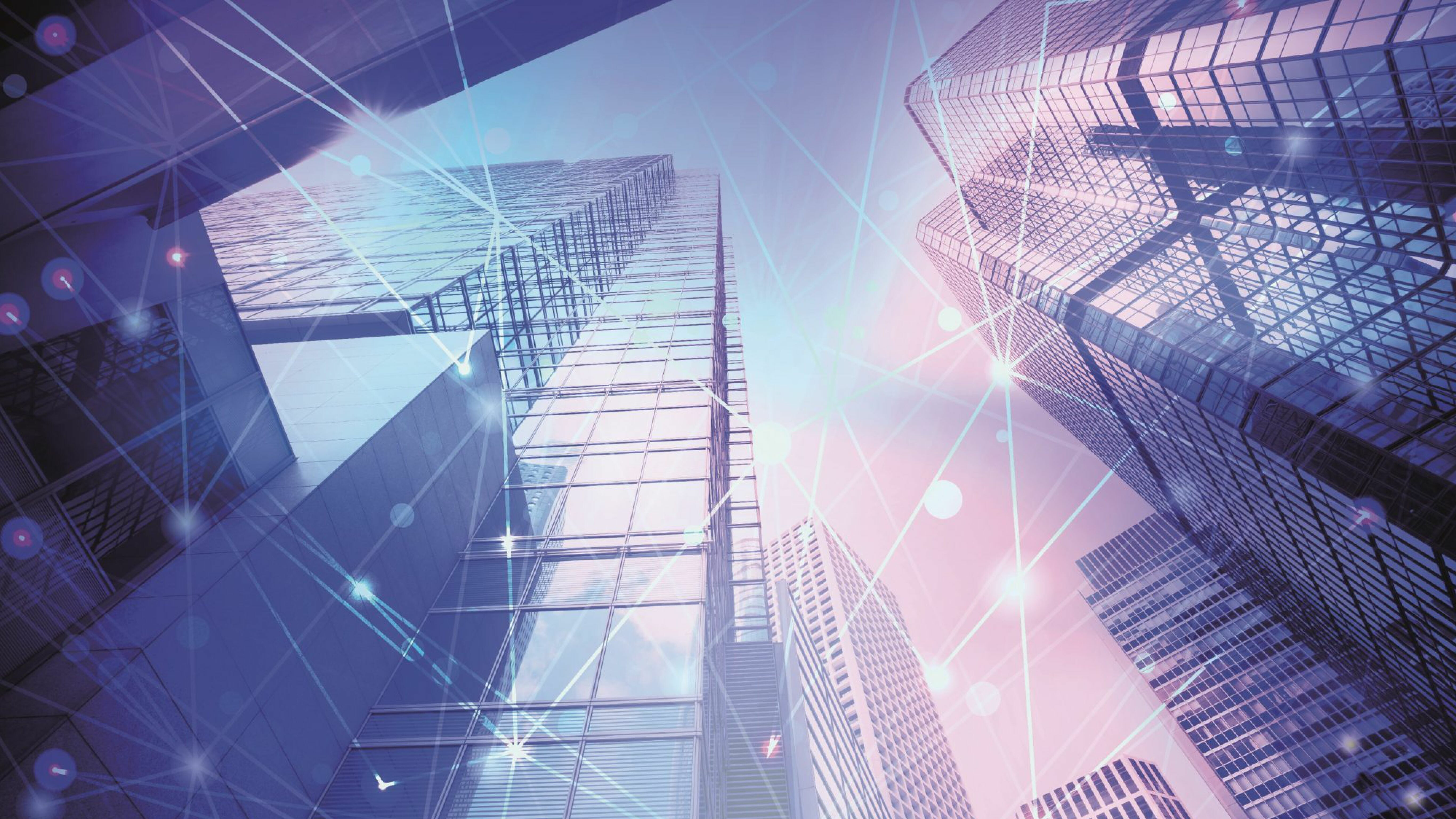26 Aug 2021 | Industry Insights
How Twinview improves the occupier experience

The rise of IoT devices has been vast and the extension of the web’s connectivity into physical devices and everyday objects means that buildings and workplaces are becoming smarter.
It is estimated that 26.6 billion devices such as smartphones, laptops and computers are connected to the internet. This figure is expected to rise to about 80 billion by 2025, an astonishing feat in such little time. What does this mean for the workplace? It means there will be increased productivity, higher efficiency, better forecasting and improved agility for occupiers.
IoT can offer capabilities that optimise the utilisation of space, matches resource supply and demand whilst targeting the delivery of amenities and services. Furthermore, it can improve the culture, community and cohesion of workspaces all whilst offering the valuable data and insights that inform a business and drives true value for real estate owners.
Here are some key areas where Twinview is improving the occupier experience.
Keeps spaces comfortable
It has always been a challenge to regulate temperatures for spaces whilst also keeping employees content, however, this challenge is now becoming a thing of the past as Twinview offers occupiers access to benefits such as heating control, lighting control and air quality reporting. Not only does this reduce energy costs but it also lowers a building’s carbon footprint.
Connects employees to their environment
Office workers can often feel frustrated at their lack of being able to find meeting rooms or spaces with availability. Gartner has estimated that the average employee spends 27 hours per year looking for spaces to meet. Twinview is a browser-based digital twin and the launch of Smartview will ensure that occupiers can carry out a range of activities such as room availability and booking.
Streamlines disjointed systems
Ensuring that workspaces are operational and functional should always be the priority for occupiers. Buildings used to operate via fragmented systems before the rise of IoT. Key systems such as HVAC and lighting are typically used to work within their own separate networks but with IoT-connected devices, all of these can operate together within a streamlined ecosystem.
Twinview is a browser-based digital twin platform for the property sector connecting building systems’ data to a 3D model viewed on a single dashboard. Twinview becomes your first step to achieving Net Zero by providing continuous live data and an optimised building performance whilst reducing costs and improving the user experience. Book a demo today.
Related insights

Case Studies
Enhancing Healthcare Environments Through Intelligent Space Optimisation: Twinview at Eastbourne District General Hospital
East Sussex Healthcare NHS Trust is enhancing the way space is managed at Eastbourne District General Hospital with Twinview’s digital twin technology. By enabling real-time visibility of room occupancy and usage across clinical and office areas, Twinview provides a clear picture of how spaces perform throughout the day. Hospital teams can move from assumption-based planning to data-driven decision-making, improving scheduling, reducing downtime and making more flexible use of rooms. This smarter approach supports greater operational efficiency and helps ensure that every space is working to benefit both patients and staff.
Read more

Industry Insights
Data Centres: The Hidden Cost of the Cloud
As the cloud expands, so does its unseen demand for water. Data centres worldwide are consuming vast volumes to keep servers cool, creating growing environmental and reputational risks. This article explores how water is becoming the next frontier in data-centre sustainability, and how Twinview’s digital-twin technology is helping operators measure, manage and reduce their impact.
Read more

Industry Insights
Can Digital Twins Help Us Design Buildings That Bring People Together?
Loneliness is increasingly recognised as a public health issue, and the built environment has a role to play in addressing it. A well-designed building can meet every technical standard yet still leave people feeling isolated. Homes, workplaces, campuses and later-living communities often fall short not because they lack function, but because they lack connection. Architects and planners are beginning to ask a deeper question: how can buildings help people feel less alone? This isn’t about surveillance. It’s about feedback, helping designers and operators refine buildings after handover to better support wellbeing and social interaction. Technology won’t solve loneliness on its own, but used responsibly, digital twins like Twinview can guide the creation of buildings that feel more human.
Read more


